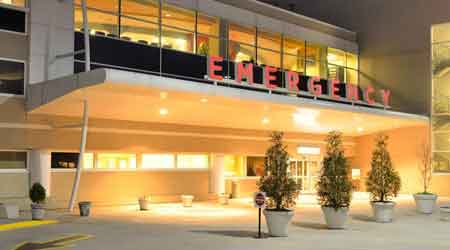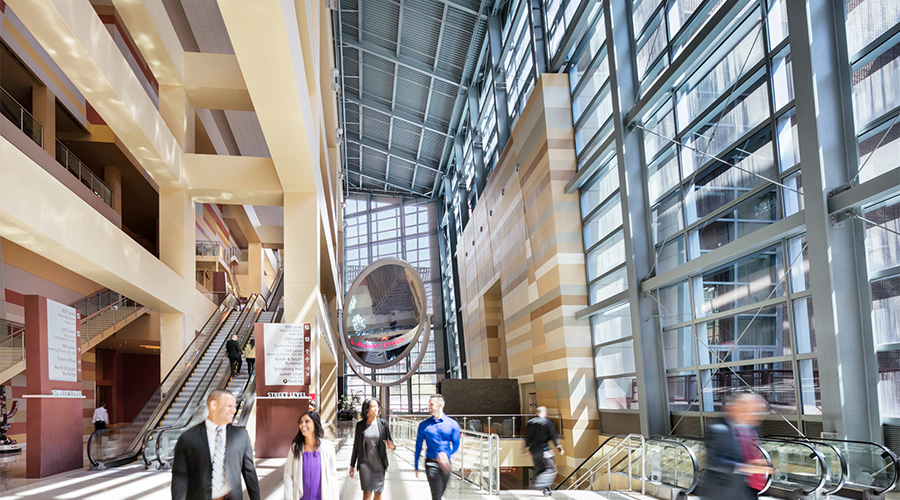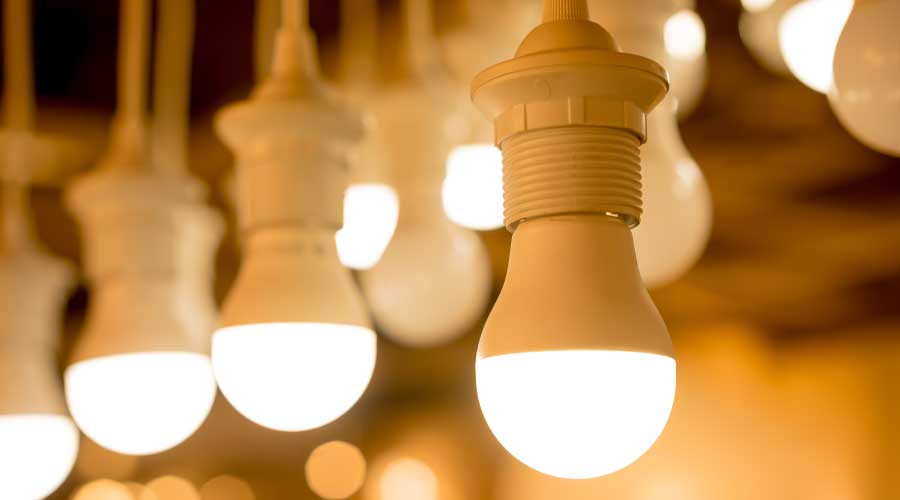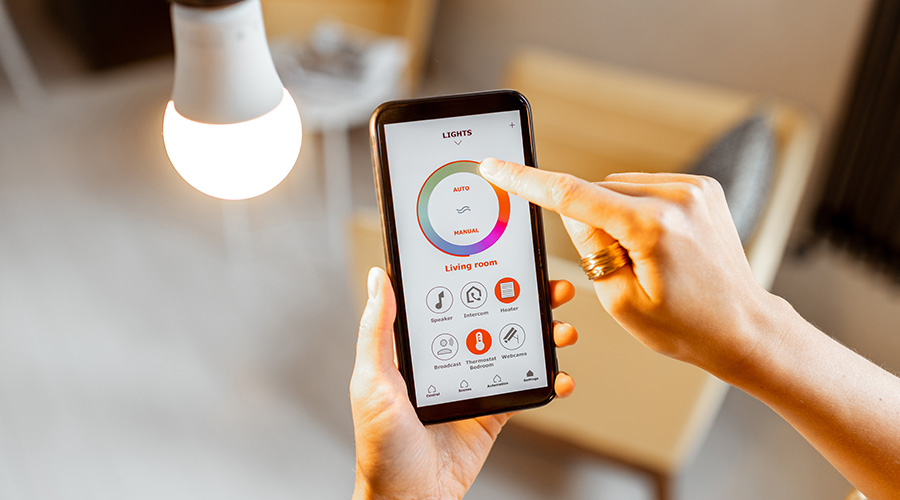Auditing Process Helps Managers Discover Lighting System Savings
Part 2 of a 5-part article on exterior lighting projects
An audit of a facility’s exterior lighting systems involves two key elements: identifying system components and determining needed components. Identifying existing components requires cataloging every part of a facility’s exterior lighting system — fixtures, poles, lamps, and controls, as well as their condition and the amount of light they produce. This process not only defines the scope of the project. It also provides significant insight into the location of improvements and their potential savings, and it helps to prioritize individual portions of the program, allowing managers to implement those measures that produce the largest savings first.
Identifying needs is more than just determining the location and schedule for needed light. It must take into consideration the reason the particular area needs light. Security lighting requirements are significantly different than those for hardscaping or softscaping. Identifying needs for exterior lighting systems includes determining the correct amount of light for the application, the color and intensity of that light, the best placement for fixtures, hours of operation, and maintenance requirements.
For example, glare is one of the major complaints related to the operation of existing exterior lighting systems. Many of these fixtures feature light sources that are not properly shielded or produce uneven illumination, resulting in glare that reduces visibility. Careful selection of a replacement fixture can eliminate glare.
The audit also should examine the control of existing fixtures and how well those control strategies match the application’s requirements. An effective control system that matches fixture operation to space needs is one of the most cost-effective ways of reducing energy and maintenance costs.
Time clocks and photocells are the most common types of exterior lighting controls. These controllers work well in applications that require a constant light level all night, but not all applications have this requirement. In many instances, occupancy is non-existent for prolonged periods, and the area needs nothing beyond a minimum level of light. In these cases, operating all of the light fixtures all night results in unnecessary energy use.
Managers do have other lighting controls options. They can specify bi-level or even tri-level control systems that turn off every other fixture — or two of every three fixtures — during periods of low use. During high occupancy, all fixtures would be on, but lighting levels and energy use can be reduced during low occupancy periods.
A similar control strategy combines time clocks and occupancy sensors. At a set time, 50 percent or more of the fixtures would switch off, leaving just enough light to navigate. When a person or vehicle enters the space, the motion sensor would pick up the movement, and the area would return to full brightness for a set period.
Another control option involves the use of digitally addressable fixtures. With this type of system, managers have the ability to turn on or off individual fixtures or banks of fixtures. Operation could be based on the time of day with an override from a motion sensor.
Related Topics:
















